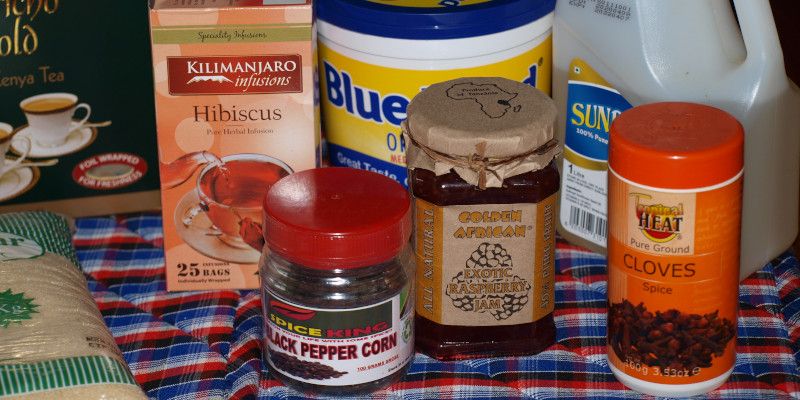
MARKUP Supports Framework for Regional Movement of Pre-Packaged Foods
Food and cosmetics are among the most widely traded products in the East African region. Due to their impact on the health of consumers, these products are highly regulated by all the Partner States. It is a challenge that each Partner State has different criteria, requirements and responsible institutions, which makes cross-border movement of these products confusing, time consuming and costly.
By 2018, the EAC Secretariat had developed a roadmap with practical steps to address this challenge. But first, it was essential to develop a framework with agreed criteria for products to be registered and certified, how this would be verified across the Partner State, and cleared at the borders. Since 2019, MARKUP has walked with the Secretariat at every step of this journey.
‘Within the EAC framework for facilitating trade in food and some cosmetics, there was a provision to develop criteria for registration, certification and verification of the pre-packaged food. So, the EAC approached GIZ and they supported us in the development of those criteria,’ explained Stella Apolot, Principal Standards Officer at the EAC Secretariat.
Under the criteria, four categories of pre-packaged foods are identified and a logical and clear guidance on how to make the decision for registration and certification as well border clearance is prescribed. The criteria are the basis upon which the EAC Partner States accept the results of each other’s control systems for pre-packaged foods as providing the same level of protection as their own.
‘The implementation of these criteria will achieve broader cooperation and collaboration among the different competent authorities of the EAC Partner States, enhance trade facilitation and protect consumers,’ Ms Apolot added.
Following the approval of the harmonised criteria in 2021, GIZ through MARKUP embarked on paving the way for its implementation. First, GIZ supported the training and sensitisation of 211 officials at 20 strategic border points in the region. 46 institutions were represented, including those responsible for standards, customs, health, agriculture, among others. The sensitisation revealed that some aspects of the criteria were already being implemented uniformly. This was especially the case for products bearing the certification mark for EAC harmonised standards, which were allowed easier entry. For novel food products, Kenya and Uganda had developed generic criteria to evaluate safety and facilitate cross-border trade. On the whole, the officials were positive about the intervention which they said was long overdue.
The second important step was assessing the capacity of the responsible institutions in all the Partner States to perform the roles assigned to them. The review encompassed national laboratory testing capacities; processes, procedures, collaboration mechanisms; principles applied for registration, certification, verification and clearance; and quality and labelling requirements. It was completed in July 2022 and identified gaps in a range of areas, including lack of appropriate equipment and materials, duplication of processes and inadequate technical skills.
The third and final step supported by MARKUP was the development of a national and regional mechanism to co-ordinate the implementation of the criteria. This has also been completed.
‘Now we are carrying out awareness creation events in the capitals of all Partner States and support them to establish the coordinating committees,’ said Ms Apolot.
‘We are really excited to have walked hand in hand with the Secretariat to make the harmonised criteria a reality during the four years of MARKUP. It is an important milestone and will go a long way in streamlining the movement of food products in the Community,’ highlighted Estella Aryada, GIZ Programme Coordinator of MARKUP.
EAC Criteria for In-Country and Border Procedures for
Approval of Pre-Packaged Foods
